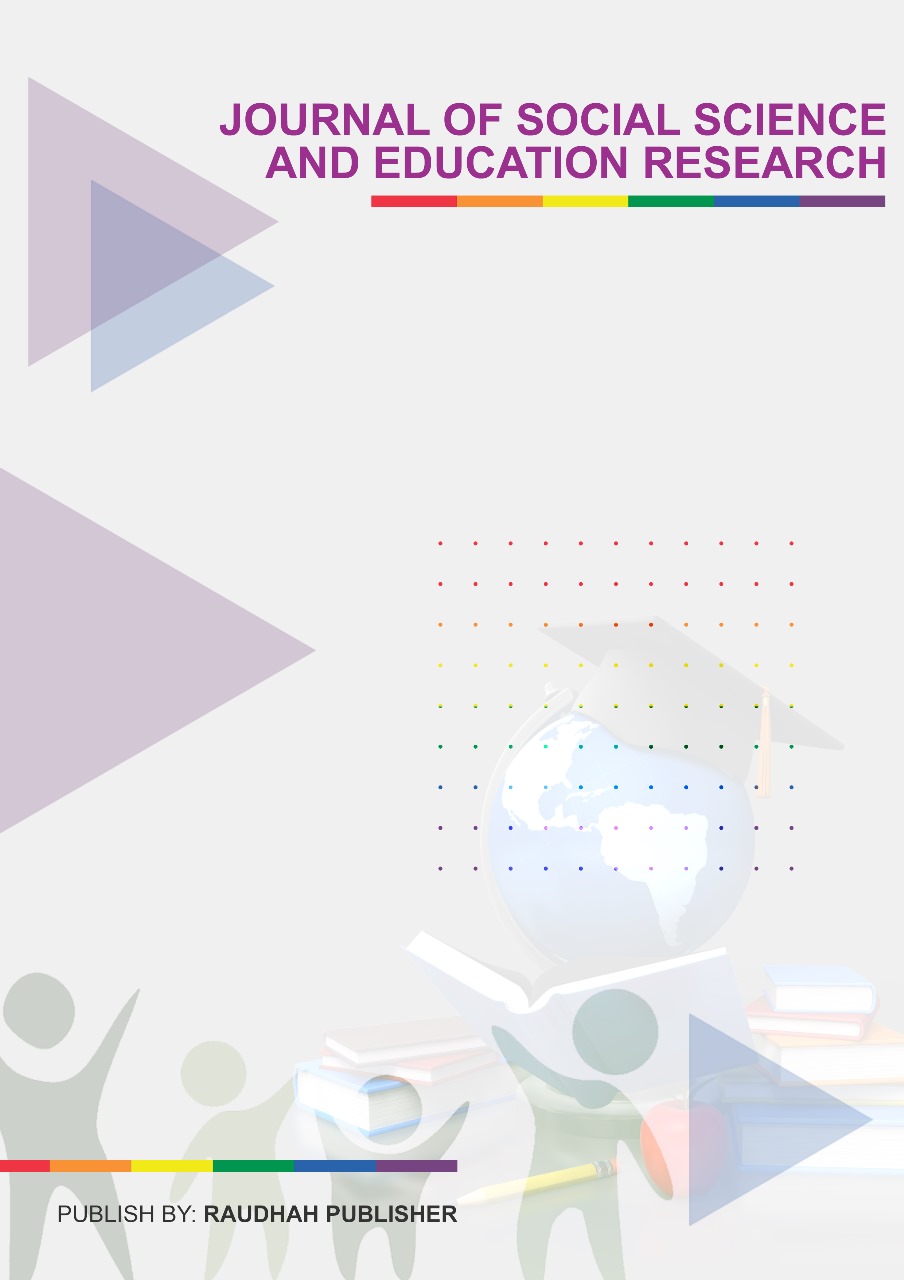Exploring New Dimensions of Christian Faith from Traditionto Digital Transmission in Cyberspace
DOI:
https://doi.org/10.59613/z64sqj94Keywords:
Digital Technology, Digital Transmission, Cyber WorldAbstract
The rapid development of digital technology has introduced new challenges for religious practices, particularly in maintaining spiritual depth and church authority amidst virtual interactions. Churches and Christians face difficulties in maintaining the authenticity of faith in the digital world, where access to spiritual services and religious teachings is increasingly convenient but often diminishes the quality of spiritual engagement and interpersonal relationships within the congregation. This article aims to explore how Christian faith adapts in the transition from physical traditions to digital transmission in the cyber world. The focus is on understanding the impact of digitalization on worship, teaching, and Christian fellowship, as well as how churches can leverage technological opportunities without compromising the essence of faith. The research employs a qualitative approach using phenomenological methods to explore the subjective experiences of church leaders and congregations regarding the use of digital platforms in religious life. Data were collected through in-depth interviews and participatory observation of digital religious practices, such as online worship and teachings via social media. The findings show that while digitalization allows broader access to Christian teachings, there is a risk of diminishing spiritual depth and fragmenting interpersonal relationships within the congregation. The article offers practical strategies for churches to integrate technology wisely, maintaining a balance between digital innovation and the preservation of traditional spiritual values.
Downloads
Published
Issue
Section
License
Copyright (c) 2024 Daniel Maniur Nainggolan, Djonny Pabisa (Author)

This work is licensed under a Creative Commons Attribution 4.0 International License.




